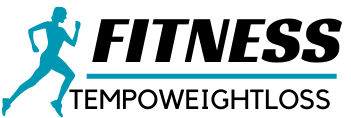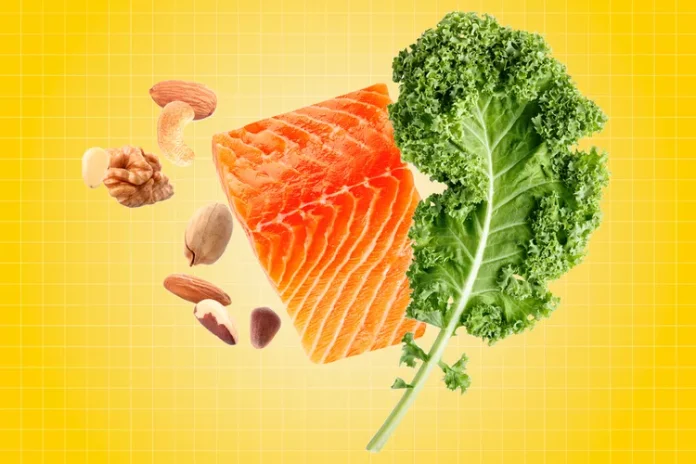The Golo diet is not your typical diet trend. Unlike other diets such as Mediterranean, Vegan, Paleo or Ketogenic, the Golo Diet is a prescriptive way of eating that requires dietary supplements while significantly limiting your calorie intake. Plus, the Golo Diet promises “healthy, sustainable and affordable weight loss,” making it an attractive option for those with weight loss goals. But while the Golo diet makes some bold health claims, those curious about trying it should proceed with caution. Read on to learn more about the Golo diet and whether it’s right for you.
What is the Golo Diet?
The Golo diet was developed in 2009 by a “dedicated team of doctors and pharmacists” (though there’s no clear indication of who they are). This eating style requires you to reduce your daily calorie intake to 1,300 to 1,500 “nutrient-dense calories” while taking a dietary supplement called Release. The goal is to improve metabolic health and provide yourself with “proper nutrition” to boost energy levels and keep you feeling full throughout the day. Plus, the site claims the Golo Diet will help you “get healthier without cutting too many calories, ditching food groups, or eating unhealthy diet foods.”
Registered dietitian and nutrition writer Brittany Lubeck tells EatingWell, “The Golo diet is one of the restrictive and unsustainable diets on the market. However, the site claims their diet will “help your body Deal with stored fat, repair your metabolism, and reverse the damage done by conventional diets. But there is no science to back these and other claims.
Golo Weight Loss Food List
The Golo Diet encourages eating whole, unprocessed foods while taking their release supplements to support weight loss. These include:
- animal protein, such as beef, chicken, pork, eggs, milk, cheese, and yogurt
- fresh fruits
- green vegetables, such as asparagus, broccoli, zucchini, and kale
- healthy fats, such as coconut oil, olive oil, chia seeds, hemp seeds, and flaxseeds
- Legumes, such as black beans, pinto beans, chickpeas, and white beans
- Nuts and seeds, such as almonds, cashews, walnuts, pistachios, and peanuts
- other vegetables, including potatoes, sweet potatoes, and squash
- seafood
- Whole grains like brown rice, oatmeal, and quinoa
Is the Golo Diet Safe?
Advantages of the Golo Diet
The Golo diet encourages eating healthy, nutritious whole foods while avoiding processed foods . Eating mostly whole plant- based foods can help reduce the risk of heart disease , cancer and type 2 diabetes by 2022, according to a 2-year study published in the American Journal of Lifestyle Medicine. Whole foods are nutrient-dense, which means they are low in calories and rich in vitamins, minerals, fiber, and other essential nutrients for good health. Additionally, a 2019 study published in Cell Metabolism found that eating whole foods rather than highly processed foods can help support healthy weight loss and prevent overeating.
Disadvantages of the Golo Diet
One of the major red flags of this diet is that it restricts calorie intake. A daily calorie intake of approximately 300 to 500 calories is generally recommended for sustainable weight loss. However, the Golo diet requires only 1,300 to 1,500 calories per day, which is important for adults unless under medical supervision. Not safe for most adults. In addition, the NIH states that calorie needs vary from person to person, depending on age, size, sex, activity level and other factors. “It’s easy to provide blanket guidelines for calorie intake, but calories should really be individualized for best results,” Lubeck says. “Furthermore, calorie restriction has been associated with weight regain and disturbed eating habits.
Another downside of the diet is that it requires weight loss supplements. While some ingredients in Golo dietary supplements, Unleashed, have been studied for their weight loss benefits (such as banaba leaf extract ), further research is necessary before any of them become standard ingredients in weight loss supplements. Plus, other research shows that supplements like Release are potentially harmful.
Plus, the Golo diet creators make some promises that aren’t backed up by research. Golo diet websites make baseless health claims (such as restoring hormonal balance, improving metabolic health, and rapid weight loss). “There is no high-quality evidence that diet pills work.
Should You Try the Golo Diet?
We discourage restrictive low-calorie diets as they can lead to unhealthy eating habits and nutrient deficiencies. The Golo Diet is not recommended if you have a history of eating disorders, are taking medication or have diabetes. However, if your overall health is good and you think it seems to fit your lifestyle, then the Golo diet may be a way for you to lose weight in the short term.
“Real changes to health are achieved through sustainable measures that don’t require ‘magic’ supplements or calorie restrictions that you can’t keep up with for the rest of your life,” Lubeck explained. “Making healthy changes doesn’t require the upfront expense of the Golo diet.
Always check with your doctor or a registered dietitian before starting any eating plan to make sure it’s safe for you.
common problem
1. Who should not try the Golo Diet?
Those with a history of eating disorders should not try the Golo diet, as too much calorie restriction can lead to unhealthy eating habits. Diabetics should also avoid the diet, as releasing supplements may lower blood sugar. Finally, release supplements should be avoided by people who take medication for a medical condition. “People should not follow the Golo diet to take medication for a health condition. Release supplements contain several herbs that may interact with prescription medications,” Lubeck said.
2. What is the monthly cost of the Golo diet?
The Golo diet plan itself is free. However, posting supplements is not. You can buy one to three bottles from their website. Each bottle contains 30-day capsules. Costs range from $59.99 to $119.85, depending on how many you buy. The creators of the Golo diet recommend that users take one release capsule with each meal.
3. What are the side effects of taking Golo dietary supplements?
The FAQ section of the website states that Golo dietary supplements have no known side effects. However, this may be due to insufficient research on the supplement. Although the website claims the release can be taken with medications, including those for type 2 diabetes, consult your healthcare provider before starting any new diet or trying any new supplements. If you decide to try the Golo diet, have your doctor or nutritionist confirm that there are no drug interactions with release supplements that could cause unwanted side effects.
The Golo diet is a short-term weight loss program based on eating nutrient-dense whole foods. However, the diet requires you to significantly restrict calories with each meal when you take a dietary supplement called Release, which has not been thoroughly researched or proven safe. These factors make the Golo diet unhealthy and unsustainable in the long run. Additionally, the Golo Diet is not recommended for those with a history of eating disorders, or diabetes, or who are taking medication for an existing health condition. If weight loss is your health goal, try to make healthy eating choices that are not overly restrictive and sustainable for your preferences and lifestyle.




